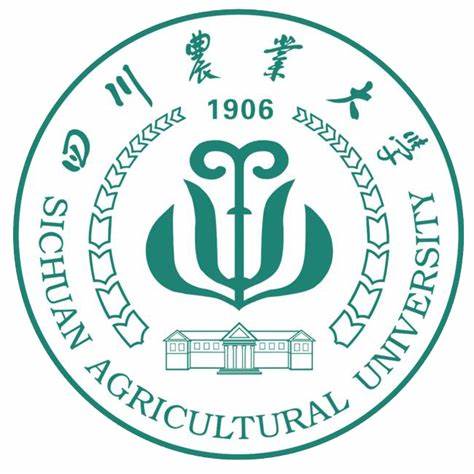Transcriptomic analysis provides insight into the genetic regulation of shade avoidance in Aegilops tauschii
作者: 刁圣轩 审稿人:魏育明 时间: 2023-09-07 点击次数:次
http://https://bmcplantbiol.biomedcentral.com/articles/10.1186/s12870-023-04348-y
BMC Plant Biology,23, Article number:336(2023)
Die Xie,Ming Hao,Laibin Zhao,Xue Chen,Xuejiao Chen,Bo Jiang,Shunzong Ning,Zhongwei Yuan,Lianquan Zhang,Kai Shu,Yijing Zhang,Dengcai Liu&Peipei Wu
Abstract
Background
Weeds are not only economically important but also fascinating models for studying the adaptation of species in human-mediated environments.Aegilops tauschiiis the D-genome donor species of common wheat but is also a weed that influences wheat production. How shading stress caused by adjacent wheat plants affectsAe. tauschiigrowth is a fundamental scientific question but is also important in agriculture, such as for weed control and wheat breeding.
Result
The present study indicated that shade avoidance is a strategy ofAe. tauschiiin response to shading stress.Ae. tauschiiplants exhibited growth increases in specific organs, such as stem and leaf elongation, to avoid shading. However, these changes were accompanied by sacrificing the growth of other parts of the plants, such as a reduction in tiller number. The two reverse phenotype responses seem to be formed by systemically regulating the expression of different genes. Fifty-six genes involved in the regulation of cell division and cell expansion were found to be downregulated, and one key upstream negative regulator (RPK2) of cell division was upregulated under shading stress. On the other hand, the upregulated genes under shading stress were mainly enriched in protein serine/threonine kinase activity and carbon metabolism, which are associated with cell enlargement, signal transduction and energy supply. The transcription factorWRKY72may be important in regulating genes in response to shading stress, which can be used as a prior candidate gene for further study on the genetic regulation of shade avoidance.
Conclusions
This study sheds new light on the gene expression changes and molecular processes involved in the response and avoidance ofAe. tauschiito shading stress, which may aid more effective development of shading stress avoidance or cultivars in wheat and other crops in the future.


